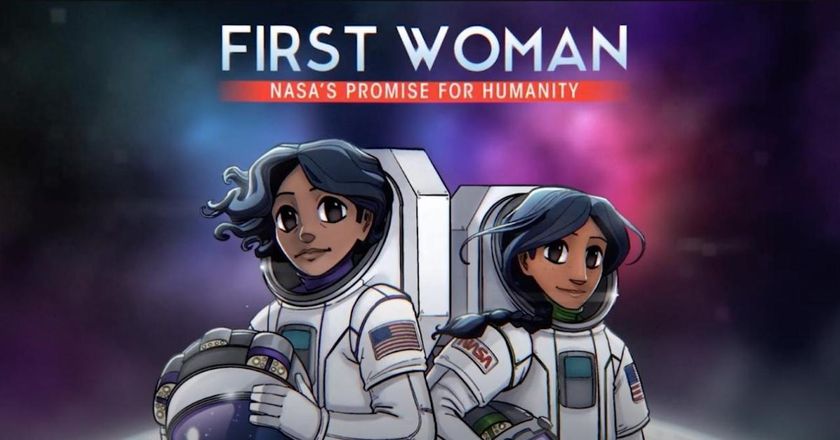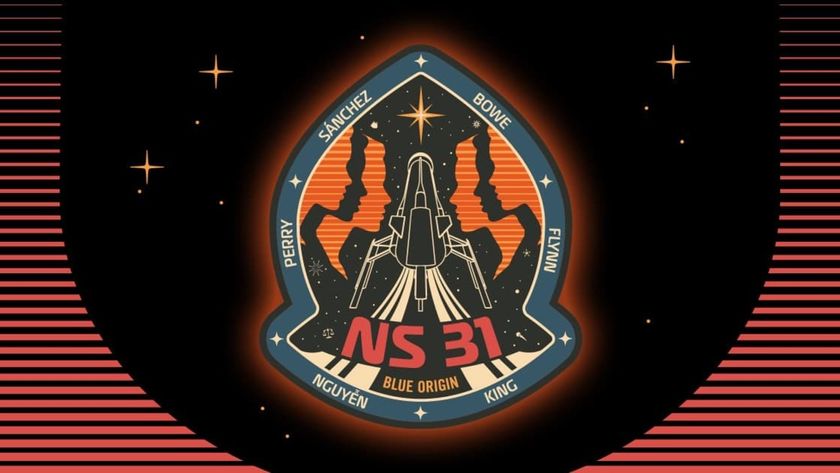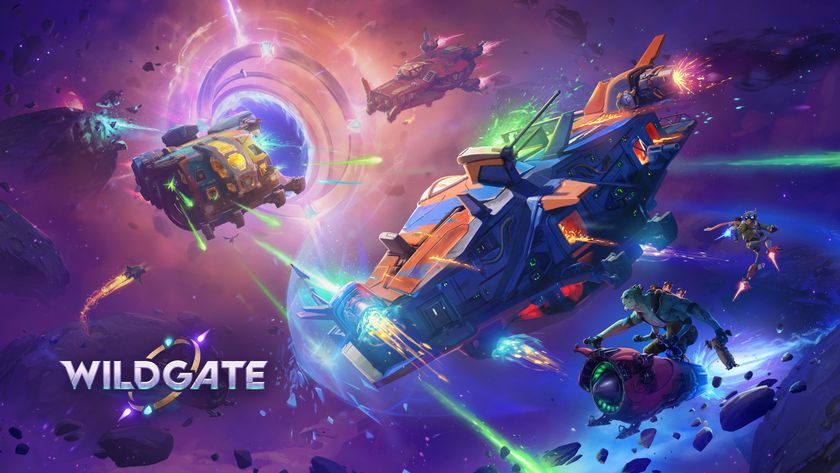Vintage NASA Probe, Once Abandoned in Space, Still Has Fuel

After refusing to fire its engines last week for a course correction, a vintage NASA spacecraft did produce a bit of thrust Wednesday (July 16), proving it still has at least some fuel left after 36 years in space.
The International Sun-Earth Explorer 3 (ISEE-3), which launched in 1978, is close to Earth right now, but on a trajectory that will send it further out into the solar system. A private group, called the ISEE-3 Reboot Project, is sending commands to the aged NASA probe with the goal of moving it to a stable location nearby our planet to do citizen science.
To that end, the group spent three hours Wednesday working to command the spacecraft to fire its thrusters in an engine-cleaning move. "Something changed the trajectory of ISEE-3, albeit slightly," wrote ISEE-3 Reboot Project co-leader Keith Cowing in a blog post on the project's website.
"Also, the temperatures in the fuel tanks only rose a little bit, which is what you'd expect of they were still full of fuel. This is good news since we were concerned for a while that there might have been a loss of fuel and/or pressurant."
Working with approval from NASA, the group has spent several weeks communicating with the spacecraft and performing maneuvers. The big course correction was supposed to happen July 10, but sputtered to a stopfor reasons that are still being investigated.
Calling the Borg
Controllers initially thought the spacecraft was out of fuel, but rescinded that after consulting with their followers (who they affectionately call the "Borg", after the Star Trek alien species who assimilated others into a collective.)
The hive mind determined that the hydrazine in the fuel tanks could have broken down over the decades into "decomposition products" that were blocking the line. Also, controllers discovered some of the correct procedures were inadvertently not followed, because documentation on the 1970s-era NASA spacecraft (which was roused from hibernation earlier this year) was incomplete.
Get the Space.com Newsletter
Breaking space news, the latest updates on rocket launches, skywatching events and more!
The solution: Heat the tanks, open some valves to move the gas inside, and then fire the engine for several hundred pulses. This produced some changes. Using the Arecibo Observatory in Puerto Rico, the controllers discovered "several instances of thrust", Cowing said.
"We're analyzing the data and trying to sleuth out how we got the momentary thrust and then apply that to our next interaction with the spacecraft," he added.
The group did not disclose when they next plan to talk to the spacecraft. Cowing also said the fuel demands on the spacecraft will become more difficult as the month goes on, making it more difficult to move it. But even if moving it becomes impossible, the group will use ISEE-3 for interplanetary science instead.
NASA and the European Space Agency launched the ISEE-3 spacecraft in 1978 on a mission aimed at exploring the interaction between the sun's solar wind and Earth's magnetic field. The spacecraft was later reassigned to study the interaction between the solar wind and the atmospheres of comets. Renamed the International Cometary Explorer, the probe skimmed the tail of the Comet Giacobini-Zinner in 1985 and made some observations of Halley's Comet in 1986.
The ISEE-3 Reboot Project raised nearly $160,000 on the crowdfunding website RocketHub to support its work.
Follow Elizabeth Howell @howellspace, or Space.com @Spacedotcom. We're also on Facebook and Google+. Original article on Space.com.
Join our Space Forums to keep talking space on the latest missions, night sky and more! And if you have a news tip, correction or comment, let us know at: community@space.com.

Elizabeth Howell (she/her), Ph.D., was a staff writer in the spaceflight channel between 2022 and 2024 specializing in Canadian space news. She was contributing writer for Space.com for 10 years from 2012 to 2024. Elizabeth's reporting includes multiple exclusives with the White House, leading world coverage about a lost-and-found space tomato on the International Space Station, witnessing five human spaceflight launches on two continents, flying parabolic, working inside a spacesuit, and participating in a simulated Mars mission. Her latest book, "Why Am I Taller?" (ECW Press, 2022) is co-written with astronaut Dave Williams.











